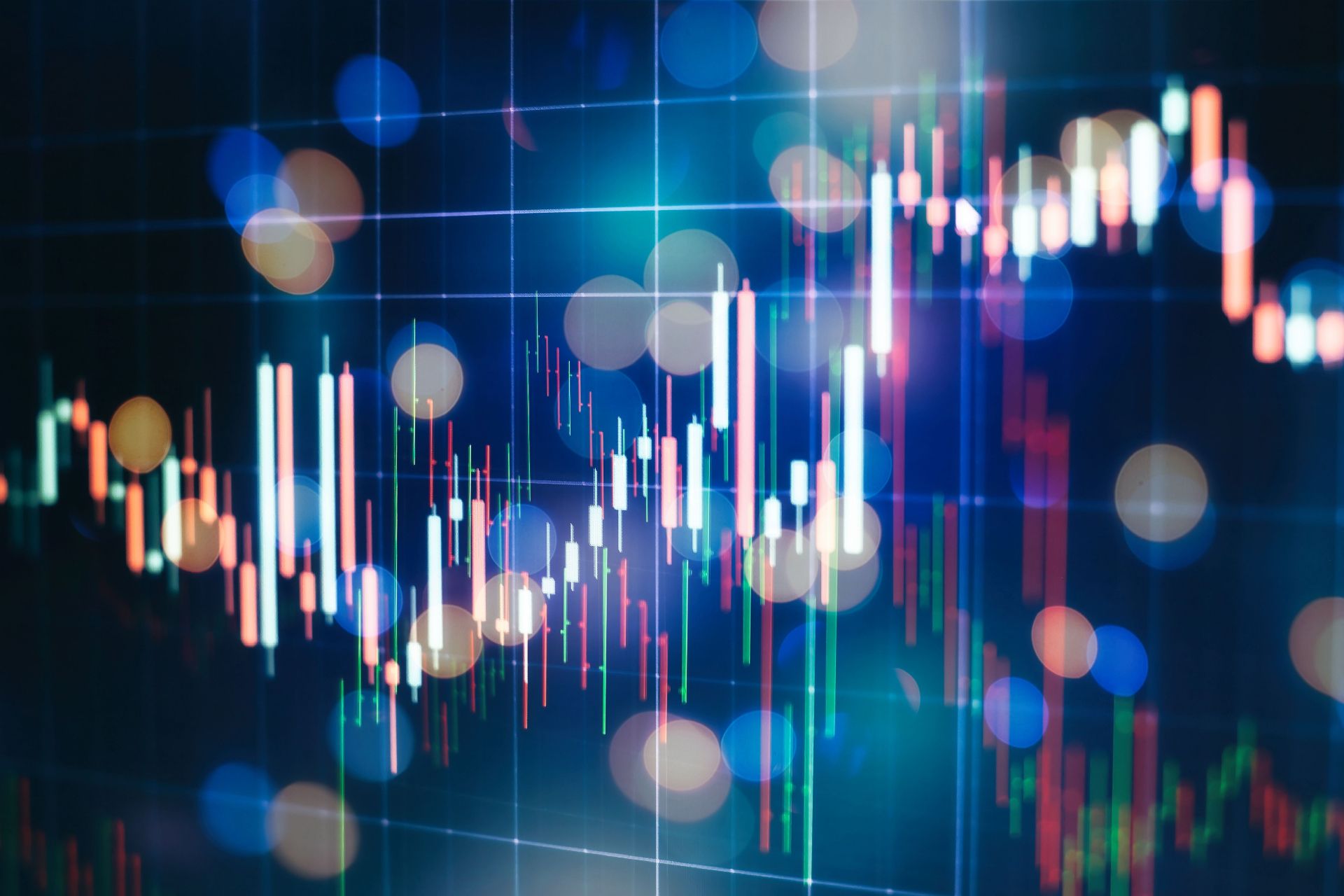“Things will probably get worse before they get better.” Such is the common refrain of parents to worried children or doctors to concerned patients. It is also the likely near-term prognosis for inflation.
The US Federal Reserve announced in November it will taper its asset purchases. Yet, tapering is not tightening – it is just being less accommodative. This might sound like semantics, but it is important because it implies that the Fed still believes support is needed for the economy to reach both its average inflation and full employment goals. Should we worry that the Fed may be making a policy mistake and its view that higher inflation is transitory is wrong?
Inflation: the power of three
For inflation to be more permanent requires three key factors. First, closing the output gap, which, although difficult to predict, appears to show that we are entering an inflationary period.
Second, we need to see higher wages. Wage pressures are evident, but if, as we suspect, commodity prices subside, wage bargaining rounds could potentially be dampened and help lower inflation rates next year. Where we have some concerns is the cost of housing, with inflation here expected to remain elevated into 2022. The composition of growth and inflation will also be an interesting dynamic in 2022 as spending is expected to move towards services and away from goods.
Third, private-sector credit creation needs to pick up, but demand does not seem elevated. In the United States, consumer credit grew at an annual rate of 5.6% in the third quarter of 2021; this compares with annual growth of 4.6% in 2019, so hardly a blistering uptick. In China, credit growth is weak as authorities crack down on debt growth, while in Europe, credit growth is consistent with recent years.
Taken together, we think inflation will subside later in 2022, not least because inflation can sow the seeds of its own demise if it acts as a tax on consumers, curtailing demand.
Imaginary numbers and rate expectations
Set the bar low and it is easy to beat it. Earnings and economic growth are both set to slow in 2022, if only from harder year-on-year comparisons. Lockdown-induced supply chain imbalances – container ships in the wrong ports, lack of microchips, short-staffed logistics and hospitality businesses – are still present, but over 2022 we expect the pieces of the jigsaw to slowly reassemble. For now, the inflation risks look tilted to the upside, but should inventory building by companies not reach customers swiftly enough, it may lead to product overhangs.
Buoyant retail sales could start to come under pressure as personal income levels revert to trend. Personal savings levels are also moving back to trend levels. A key test for corporate credits in 2022 will be identifying those cash flows that were temporarily buoyed by these effects.
Another important aspect is China. Chinese authorities are dedicated to reshaping the economy by taming debt levels, increasing competition and smoothing wealth imbalances. The corollary is that economic growth in China may slow. GDP growth in China of 4.9% year-on-year in the third quarter of 2021 is consistent with the same rate a year earlier. For a world that has been used to China growing at an average 8.4% annualized in the years 2010-14 and 6.6% annualized in the years 2015-19, this marks a significant slowdown, with wider implications for global growth.
So, the market may be exaggerating tightening fears. Remember, the last time the Fed tapered, it concluded in October 2014, but the first interest rate hike did not occur until December 2015 and rates then stayed on hold for a year. If inflation shows signs of subsiding by summer, we could be in for a similarly moderate tightening episode – for 2022 at least.
Tug of War: demand for income meets policy inflection
We believe the disinflationary and deflationary forces of technology and digitalization remain intact while repaired trade links will reignite global competition and efficiencies. If anything, Covid disruption may have helped elongate the mid-cycle phase of the economic and credit cycles.
For credit investors, this mid-cycle environment is likely to extend some of the characteristics of 2021 into 2022. We expect companies to continue to repair balance sheets and for the high-yield default rate to remain subdued. Exceptions may lie in China where stresses in property could be ongoing as the sector adjusts to more prescriptive debt permissions.
Inflation: the early spike should fade
Where inflation levels out at is important as it can impact the desire to hold bonds not just at a return level but at a diversification level. When inflation is lower (below 3%), there is typically a positive correlation between US government bond yields and US equities. As bond prices typically move in the opposite direction to bond yields, diversification benefits are more prevalent in a low-inflation environment where bond yields fall and prices rise at the same time that equities fall.
There is therefore more than just the credibility of the Fed at stake if inflation proves not to be transitory. Higher borrowing costs and weaker diversification are just two of the unwelcome outcomes if inflation becomes unanchored. Yet it is hard to see short-term supply problems overpowering long-term structural trends. 2022 will start out looking inflationary but we anticipate the more familiar disinflationary world to reassert itself as the year draws to a close.
What is certain is the appetite for greater yield and income is insatiable. Inflation is the risk that can upend the positive backdrop, primarily because it is the factor with the power to frighten both markets and policymakers. If central bankers can avoid panic and ride out impending price pressures, markets should exhibit higher volatility but emerge relatively unscathed, supported by the recovery in cash flow and earnings.
Jim Cielinski is global head of fixed income at Janus Henderson Investors.









